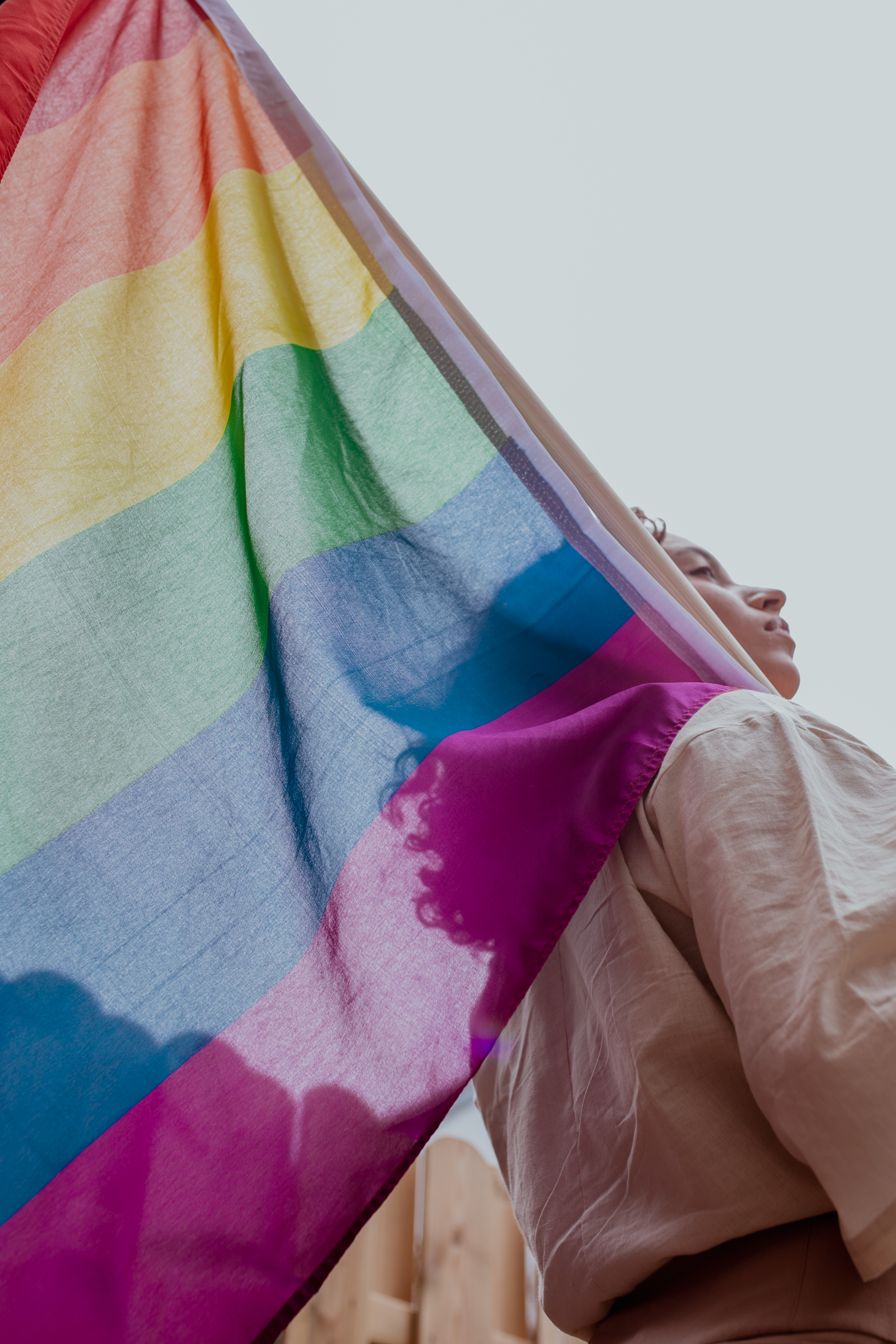How to create a more inclusive workplace for LGBTQ+ employees

 I identify as non-binary. For anyone who doesn’t know what that is, it means my gender identity doesn’t sit comfortably with ‘male’ or ‘female’. So I like to be known as ‘they’ rather than ‘he’ or ‘she’. And while the concept of someone being non-binary is becoming more well-known in society as a whole (thanks in no small part to celebrities like Sam Smith, Demi Lovato and Queer Eye’s Jonathan Van Ness), I’ve still found myself dealing with more than my fair share of discrimination – both during job searches and at work.
I identify as non-binary. For anyone who doesn’t know what that is, it means my gender identity doesn’t sit comfortably with ‘male’ or ‘female’. So I like to be known as ‘they’ rather than ‘he’ or ‘she’. And while the concept of someone being non-binary is becoming more well-known in society as a whole (thanks in no small part to celebrities like Sam Smith, Demi Lovato and Queer Eye’s Jonathan Van Ness), I’ve still found myself dealing with more than my fair share of discrimination – both during job searches and at work.
When I was looking for a job at the start of 2021, I noticed that if I listed my gender identity as non-binary on a job application, I didn’t hear anything back. But when I ticked the box that matched the gender I was assigned at birth (and didn’t include my preferred name) I almost always got to the interview stage. This could of course be a coincidence – but I applied for quite a lot of jobs, and it happened much too regularly to be able to put it down to that.
I’m pleased to say that since I started working for Pure I’ve had great support in this area. They’ve helped me change my details to use my preferred name, and my colleagues are doing their best to adjust to the different pronouns. I’m really lucky to work in such an inclusive workplace. Sadly this isn’t the case for many other people though – in fact, the statistics are pretty shocking.
Stonewall’s LGBT in Britain report
In 2018, Stonewall, the charity that campaigns for the freedom, equity and potential of LGBTQ+ people everywhere, released a report on how LGBT people are treated in the workplace. Based on YouGov research with 3,213 LGBT employees, the numbers make for pretty grim reading.
- Almost one in five LGBT people (18 per cent) looking for work said they were discriminated against because of their sexual orientation and/or gender identity while trying to get a job in the previous year.
- More than a third of LGBT staff (35 per cent) have hidden or disguised the fact that they’re LGBT at work because they were afraid of discrimination.
- One in eight lesbian, gay and bi people (12 per cent) don’t feel confident reporting homophobic or biphobic bullying to their employer. And one in five trans people (21 per cent) said they wouldn’t report transphobic bullying in the workplace.
- Almost a third of non-binary people (31 per cent) and one in five trans people (18 per cent) don’t feel able to wear work clothes that represent their gender expression.
- One in eight black, Asian and minority ethnic LGBT employees (12 per cent) have lost a job in the last year because of being LGBT, compared to 4 per cent of white LGBT staff. Similarly, 11 per cent of trans employees and 9 per cent of LGBT disabled people say they’ve lost a job in the last year because of being LGBT.
These troubling numbers show us that discrimination is rife in Britain’s workplaces. So what can employers do to improve the working life of their LGBTQ+ employees?
Taking pride in your LGBTQ+ employees
Thankfully, the Stonewall report includes lots of straightforward, proactive steps employers can take to try to change this situation and create more inclusive working environments. Doing this doesn’t just benefit people working for a company either – according to research by Josh Bersin, companies with inclusive cultures are 1.7 times more likely to be innovation leaders than those without. And management consulting firm McKinsey says that companies with more diverse executive teams are 25% more likely to generate above-average profits.
Here are just some of the recommendations the Stonewall report has for employers.
-
Have clear policies and training
The report recommends that companies bring in clear zero-tolerance policies on homophobic, biphobic and transphobic discrimination and harassment. There must also be clear repercussions for both staff and customers who break the rules. Employers should make sure people know about these policies, and that it’s as easy as possible to report breaches. The report also recommends having a policy in place to support trans employees who are transitioning.
Training on diversity and inclusion is also vital. People need to know what anti-LGBTQ+ discrimination or abuse looks like and why it’s bad for business, and how to challenge colleagues with anti-LGBTQ+ attitudes.
-
Recruit and promote diverse candidates, and monitor staff diversity
The report recommends that employers include statements and examples of their commitment to their LGBTQ+ staff, equality and inclusion on their website, and include these on job adverts as well. If you have a recruitment team, make sure they understand where discrimination against LGBTQ+ staff can happen in the recruitment process, and how they can take steps to reduce bias.
You should also collect diversity data on your workforce and in employee-exit processes. You can use this to see if you can uncover any areas of discrimination in career progression based on sexual orientation and gender identity.
-
Champion LGBT-friendly events and organisations
Getting involved with events like Pride and LGBT+ History Month are a great way to show your support. And encouraging senior leaders to talk to people about diversity both internally and externally is also really important. Even better, think about helping employees start their own LGBTQ+ network at your organisation (or find an external one they can join). Having visible LBGTQ+ role models at work can be really beneficial for everyone.
Need some help?
There’s lots of information on Stonewall’s website about ways to create an inclusive workplace. And if you’d like to know more about how to recruit a more diverse workforce, we can help.



